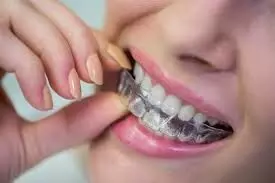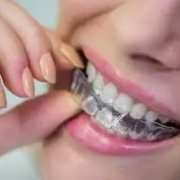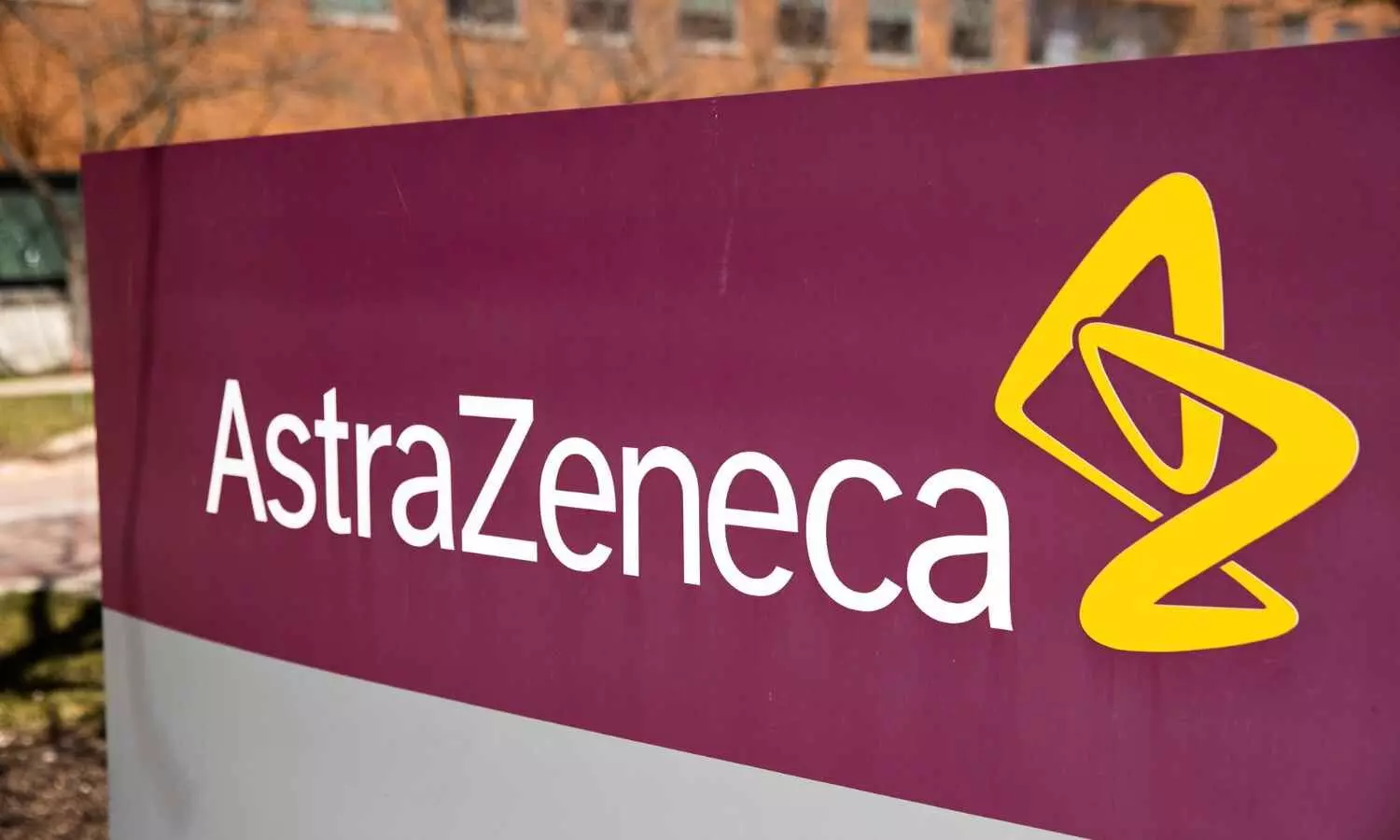|
B. State Laboratories
|
|
S.No
|
Product/Drug
Name
|
Batch No.
|
Manufacturing
Date
|
Expiry
Date
|
Manufactured By
|
NSQ Result
|
Reported by
CDSCO Laboratory
|
|
1.
|
Neurotem-NT
|
CPT-2698
|
Mar-24
|
Feb-26
|
Catasta Pharmaceuticals Plot No. 113, DIC,
Industrial Area, Baddi Distt. Solan (H.P)
Mrk. By : Cosway Biosciences Coprporate Office : Khasra No.
2054/1724, 1725 SCO No.
11 Baddi Barotiwala Road The. Baddi Distt. Solan H.P 173205
|
The given Drug Sample does not comply to the contents of Assay with respect to Pregabalin ( 23.26% of
claim)
|
Drug Testing Laboratory Srinagar (J&K) vide report on Form 13 bearing No. L/DA/2024- 25/1191
Dated: 05.09.2024.
(Report attached as Annexure A)
|
|
2.
|
Cefuroxime Axetil Tablets IP 500 mg (JKMSCL Supply)
|
JAK-23
|
Jul-23
|
Jun-25
|
Agron Remedies Pvt Ltd Sarverkhera Moradabad Road Kashipur 244 713 (Uttarakhand)
|
The sample fails in the Description, Dissolution and Assay of Cefuroxime Axetil w.r.t the sample portion received as
above
|
Combined Food & Drug Testing Laboratory Jammu (J&K) vide report on Form 13 bearing No.
CFDL/J/2024-25/1120 Dated: 26.09.2024.
(Report attached as Annexure B)
|
|
3.
|
Loperamide Hydrochloride Tablets IP (JKMSCL Hospital Supply)
|
T-16201
|
May-24
|
Apr-26
|
Karnani Pharmaceuticals Pvt. Ltd , 38 Pharma City , Selaqui Dehradun -248011
|
The sample does not conform to IP with respect to the test for Dissolution & Assay
|
Drug Testing Laboratory Srinagar (J&K) vide report on Form 13 bearing No. L/DA/2024-25/1311 Dated: 27.09.2024.
(Report attached as Annexure C)
|
|
4.
|
Floxages-OZ (Ofloxacin and Ornidazole Tablets IP)
|
SPY41223
|
12/23
|
11/26
|
Suraksha Pharma pvt.Ltd, 410, Karondi, Roorkee-247
667, Uttarakhand
|
It fails the test ‘Dissolution’ as per IP
|
Drugs Testing Laboratory Thiruvananthapuram
|
|
5.
|
Wintel 40 Tablets
|
HTN257D
|
04/24
|
03/26
|
Himalaya Meditek pvt.Ltd, Plot No. 35 & 36, Pharmacity, Selaqui, Industrial Area, Dehradun –
248 197
|
It fails the test ‘Dissolution’ as per IP
|
Drugs Testing Laboratory Thiruvananthapuram
|
|
6.
|
Moxica -250 [Amoxicillin Dispersible Tablets IP 250 mg]
|
SD 243
|
08/23
|
07/25
|
Indica Pharmaceuticals (P) Ltd, Bapunagar, Ahmedabad- 382 345
|
It fails the test ‘Disintegration’ and ‘Uniformity of Dispersion’ specified in the Laboratory Protocol as per
IP
|
Drugs Testing Laboratory Thiruvananthapuram
|
|
7.
|
Frusemide Injection IP 20 mg
|
FRIB-03
|
01/24
|
12/25
|
Nestor Pharmaceuticals
Ltd, 11, Western Extension Area, Faridabad -121001
|
It fails the test
‘Sterility’ as per IP
|
Drugs Testing
Laboratory Thiruvananthapuram
|
|
8.
|
Cloxacillin Sodium Capsules IP 250 mg
|
CLCA-04
|
04/23
|
03/25
|
Nestor Pharmaceuticals Ltd, 11, Western Extension Area, Faridabad -121001
|
The sample does not conform to IP Standards with respect to ‘Descriptive part’ of hard gelatin capsules and further tests cannot be performed due to reasons secified in the
laboratory protocol
|
Drugs Testing Laboratory Thiruvananthapuram
|
|
9.
|
Fluorometholone Eye Drops IP
|
CHE-3044
|
05/23
|
04/25
|
Cotec Healthcare pvt.Ltd, K.H.No.593/1, Roorkee, Dehradun Highway, Kishanpur, Roorkee- 247
667, UK
|
It fails the test ‘Uniformity of Volume’ and ‘Assay’ as per IP
|
Drugs Testing Laboratory Thiruvananthapuram
|
|
10.
|
Panlib 40 Tablets
|
HTN 102A
|
01/24
|
12/25
|
Himalaya Meditek pvt.Ltd, Plot No. 35 & 36,
Pharmacity, Selaqui, Industrial Area, Dehradun
|
It fails the test Dissolution’ and
‘Assay’ as per IP
|
Drugs Testing Laboratory Thiruvananthapuram
|
|
11.
|
B – Cidal 625
|
UT232859
|
03/24
|
08/25
|
VADSP Pharmaceuticals, Plot No. 124, EPIP
Indl.Area, Phase 1, Jharmajri, Baddi (HP)- 174103
|
The content of Clavulanic acid is not with in the limit of ‘Schedule V’ of Drugs and Cosmetics Act & Rules
thereunder
|
Drugs Testing Laboratory Thiruvananthapuram
|
|
12.
|
Trypsin, Bromelain & Rutoside Trihydrate Tablets [Flavoshine]
|
TTF24065
|
06/24
|
11/25
|
Tiruvision Medcare, Plot No. 177, HPSIDC,
Indl.Area, Baddi, Dist Solan HP 173 205
|
The sample fails the test ‘Disintegration’ specified in the Laboratory protocol as per
IP
|
Drugs Testing Laboratory Thiruvananthapuram
|
|
13.
|
C Mont LC Kid 60 ml (Montelukast & Leveocetirizine Dihydrochloride syrup)
|
AL 23206
|
11/23
|
10/25
|
Cian Healthcare Ltd, kh No.248, Village sisonia, Bhagwanpur, Roorkee, Haridwar, Uttarakhand- 247
661
|
The content of montelukast is not within the limits of Schedule ‘V’ of Drugs & Cosmetics Act &
Rules
|
Drugs Testing Laboratory Thiruvananthapuram
|
|
14.
|
Yogaraja Guggulu Tablet
|
P 592324
|
10/23
|
09/26
|
Oushadhi, The Pharmaceutical corporation (IM) , Kerala Ltd, Kuttanellur, Thrissur- 68
0014
|
The sample does not conform to API Standards. It fails the tests ‘Total Ash’ as
per API Standards.
|
Drugs Testing Laboratory Thiruvananthapuram
|
|
15.
|
Telmisartan Tab IP 40 mg
|
D1153/24-25
|
|
|
Kerala Medical Services Corporation Ltd, Thycaud P.O, Thiruvananthapuram- 14
|
The sample does not conform to IP Standards with respective to ‘Descriptive part’ of tablets and further tests cannot be performed due
to above reasons.
|
Drugs Testing Laboratory Thiruvananthapuram
|
|
16.
|
Pantoprazole Inj.BP 40 mg
|
D 0923/24- 25
|
|
|
Kerala Medical Services Corporation Ltd, Thycaud P.O, Thiruvananthapuram- 14
|
It fails the test ‘Sterility’ specified in the laboratory
protocol as per IP
|
Drugs Testing Laboratory Thiruvananthapuram
|
|
17.
|
Glimepiride Tab IP
|
D1272/24-25
|
|
|
Kerala Medical Services Corporation Ltd, Thycaud P.O, Thiruvananthapuram- 14
|
The sample fails the descriptive part for tablets as they are not sufficiently hard to withstand handling without crumbling or breaking and further tests cannot be performed due
to above reason
|
Drugs Testing Laboratory Thiruvananthapuram
|
|
18.
|
Cough Syrup
|
D 1278/24- 25
|
|
|
Kerala Medical Services Corporation Ltd, Thycaud P.O, Thiruvananthapuram- 14
|
The sample fails the ‘Descriptive part’ for oral dosage forms of Schedule V of drugs and cosmetics Act
and Rules, as the syrup contains red coloured
suspended paticles
|
Drugs Testing Laboratory Thiruvananthapuram
|










